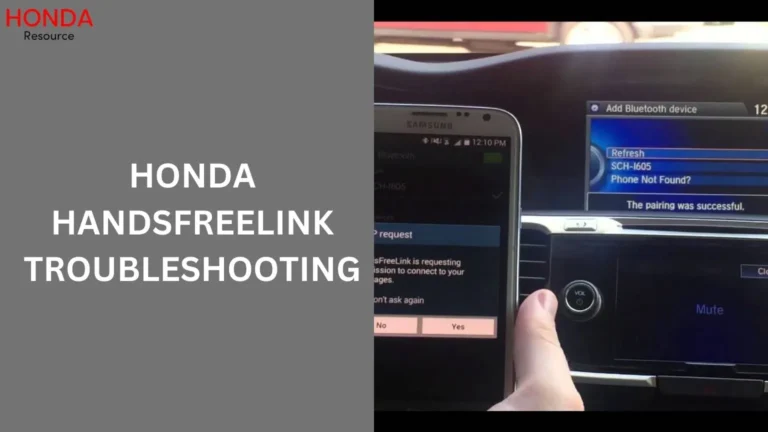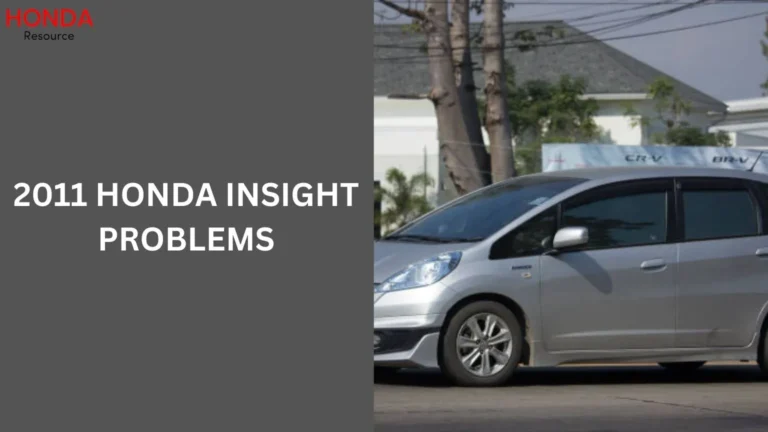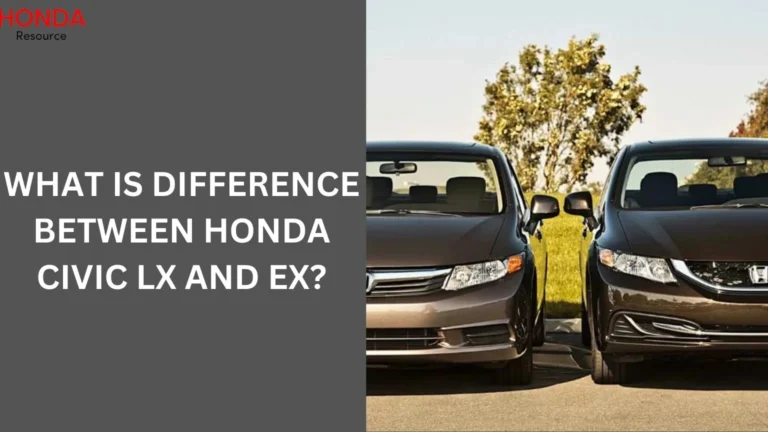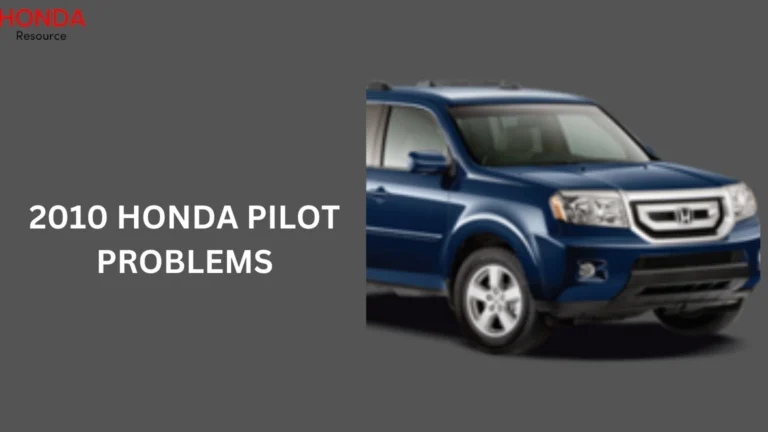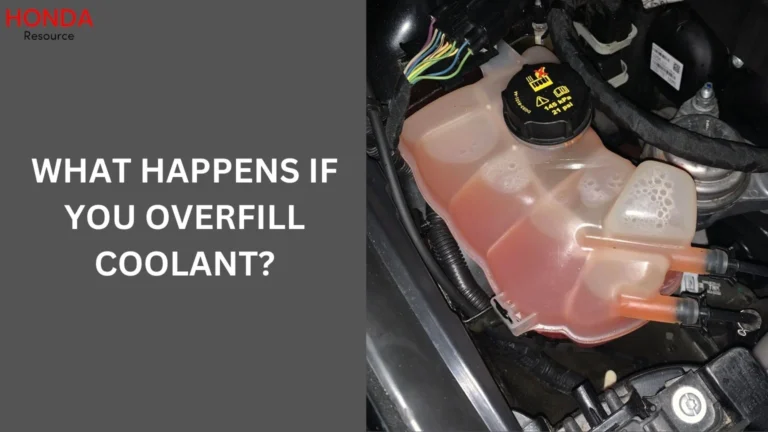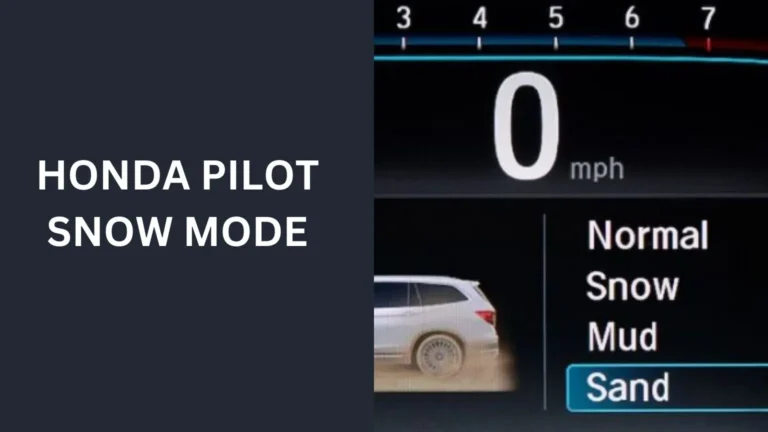Honda D15B7 Engine Specs and Performance of 2024
The Honda D15B7 engine holds a significant place in Honda’s engineering history, renowned for its reliability, efficiency, and performance in various applications.
Understanding its specifications and performance capabilities provides insights into its enduring popularity among enthusiasts and everyday drivers alike.

History and Development
The development of the Honda D15B7 engine marked a pivotal moment in Honda’s pursuit of fuel-efficient yet powerful engines. Originating in the early 1990s, this engine was part of Honda’s D series, known for its compact design and economical operation.
Technical Specifications of the Honda D15B7
Here is a detailed section on the technical specifications of the Honda D15B7 engine.
Horsepower and Torque
The D15B7 engine typically produces around 102 horsepower and 98 lb-ft of torque, making it suitable for a range of vehicles from compact sedans to hatchbacks.
Engine Displacement
With a displacement of 1.5 liters, the D15B7 strikes a balance between performance and fuel efficiency, leveraging Honda’s VTEC technology for optimal power delivery.
Compression Ratio
Featuring a compression ratio of 9.2:1, the D15B7 engine maximizes combustion efficiency while maintaining reliability across different driving conditions.
Valvetrain
Utilizing a single overhead camshaft (SOHC) configuration, the D15B7 engine ensures precise valve control, enhancing both performance and fuel economy.
Performance of the Honda D15B7
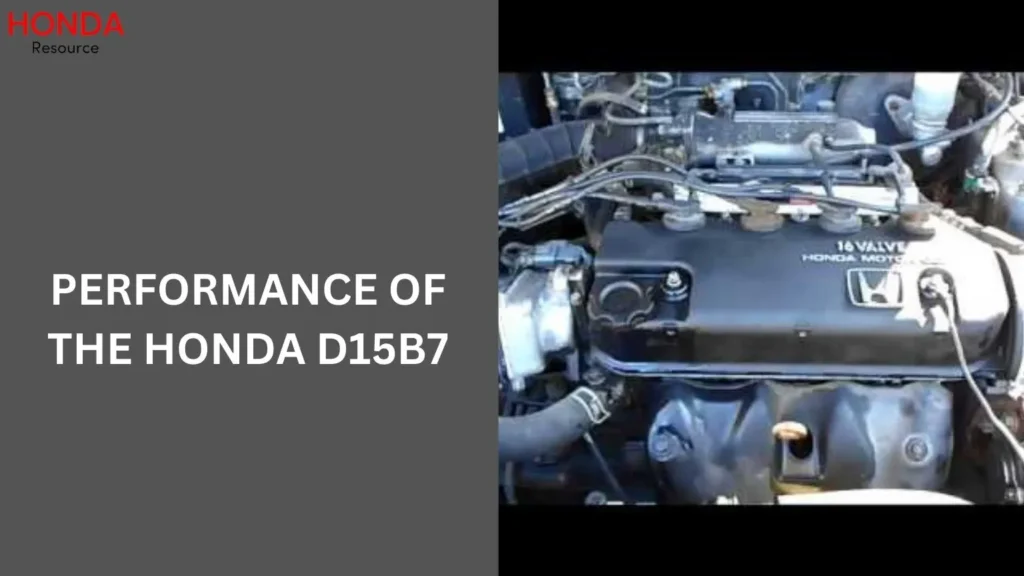
Let’s dive into the performance aspects of the Honda D15B7 engine.
Acceleration and Speed
In terms of acceleration, the D15B7 engine provides adequate power for swift maneuvers in urban settings, though it excels more in fuel efficiency than outright speed.
Fuel Efficiency
Known for its exceptional fuel efficiency, the D15B7 engine allows Honda vehicles to achieve impressive mileage figures, appealing to budget-conscious drivers.
Reliability
The robust design and careful engineering of the D15B7 engine contribute to its reputation for reliability, requiring minimal maintenance under regular driving conditions.
Source: Wikipedia
Applications of the Honda D15B7 Engine
Here are the Applications of the Honda D15B7 Engine:
Honda Models
The D15B7 engine found its way into several Honda models, including the Civic and CRX, underscoring its versatility and adaptability to various vehicle platforms.
Aftermarket Modifications
Enthusiasts often explore aftermarket modifications to enhance the D15B7 engine’s performance, such as intake and exhaust upgrades, to unlock additional power and responsiveness.
Comparative Analysis
Comparison with Similar Engines
When compared to other engines in its class, the D15B7 stands out for its balance of performance and fuel efficiency, though newer engine technologies have since surpassed its output capabilities.
D15B7 vs. D16Z6
- Power Output: The D16Z6 engine, also from Honda’s D-series, offers more power with its 125 horsepower compared to the D15B7’s 102 horsepower. This makes the D16Z6 a better option for those seeking more performance.
- Technology: The D16Z6 features Honda’s VTEC (Variable Valve Timing and Lift Electronic Control) system, which enhances performance and efficiency. The D15B7, on the other hand, lacks this technology, resulting in less dynamic power delivery.
- Application: While both engines were used in various Honda Civic models, the D16Z6 was often preferred by enthusiasts for its tunability and higher performance potential.
D15B7 vs. B16A
- Performance: The B16A engine is significantly more powerful, with its 160 horsepower and high-revving nature, making it a favorite for performance builds. The D15B7, in contrast, focuses on fuel efficiency and reliability, with moderate power output.
- Complexity: The B16A is a DOHC (Double Overhead Camshaft) engine, which allows for better airflow and higher performance potential compared to the SOHC (Single Overhead Camshaft) design of the D15B7.
Maintenance Tips for the Honda D15B7

Here are the Maintenance Tips for the Honda D15B7 of 2024:
Regular Maintenance
Keeping the Honda D15B7 engine in top condition requires consistent and thorough maintenance. Here are some essential tips:
- Oil Changes: Regular oil changes are crucial for the longevity of the D15B7 engine. Use high-quality engine oil and change it every 3,000 to 5,000 miles or as recommended in the owner’s manual.
- Spark Plugs: Inspect and replace spark plugs every 30,000 miles to ensure proper combustion and engine performance.
- Air Filter: Replace the air filter every 15,000 to 30,000 miles to maintain optimal airflow and prevent contaminants from entering the engine.
- Timing Belt: The timing belt should be inspected regularly and replaced every 60,000 to 90,000 miles to avoid potential engine damage.
- Coolant: Regularly check coolant levels and replace the coolant every 30,000 miles to prevent overheating and maintain proper engine temperature.
Common Issues and Solutions
Despite its reliability, the D15B7 engine can encounter some common issues. Here are a few and their solutions:
- Oil Leaks: Over time, seals and gaskets can wear out, leading to oil leaks. Regularly inspect the engine for leaks and replace faulty gaskets promptly.
- Valve Clearance Adjustments: The D15B7 engine may develop a ticking noise due to valve clearance issues. Periodic valve adjustments can prevent this problem and maintain smooth engine operation.
- Distributor Problems: The distributor cap and rotor can wear out, causing ignition issues. Replacing these components can resolve misfiring and improve engine performance.
- Idle Fluctuations: If the engine idles, it might be due to a dirty idle air control valve. Cleaning or replacing this valve can restore stable idle speed.
Driving Experience and User Reviews
Drivers appreciate the smooth and predictable power delivery of the D15B7 engine, making it a favored choice for daily commuting and occasional spirited driving.
People also ask
What cars came with a D15B7?
The Honda D15B7 engine was primarily used in the following cars:
Honda Civic CX, DX, LX (1992-1995)
Honda Civic VX (1992-1995)
Honda del Sol S (1993-1995)
Is it a D15B7 VTEC?
No, the D15B7 engine is not equipped with Honda’s VTEC (Variable Valve Timing and Lift Electronic Control) system. It belongs to Honda’s D-series of engines, which typically do not feature VTEC technology.
How much horsepower does a D15B7 have?
The Honda D15B7 engine produces approximately 102 horsepower at 5900 RPM.
What ECU does a D15B7 use?
The Honda D15B7 engine typically uses the P06 ECU (Engine Control Unit).
Conclusion
In Conclusion, The Honda D15B7 engine remains a testament to Honda’s commitment to efficiency and reliability, offering a balance of performance and practicality that continues to resonate with drivers today.

I’m Henry Leclerc, a passionate professional car mechanic with a deep love for Honda cars. With years of hands-on experience and extensive knowledge about all Honda car models, I’ve created this website to share my expertise and help fellow Honda enthusiasts keep their vehicles in top-notch condition.

